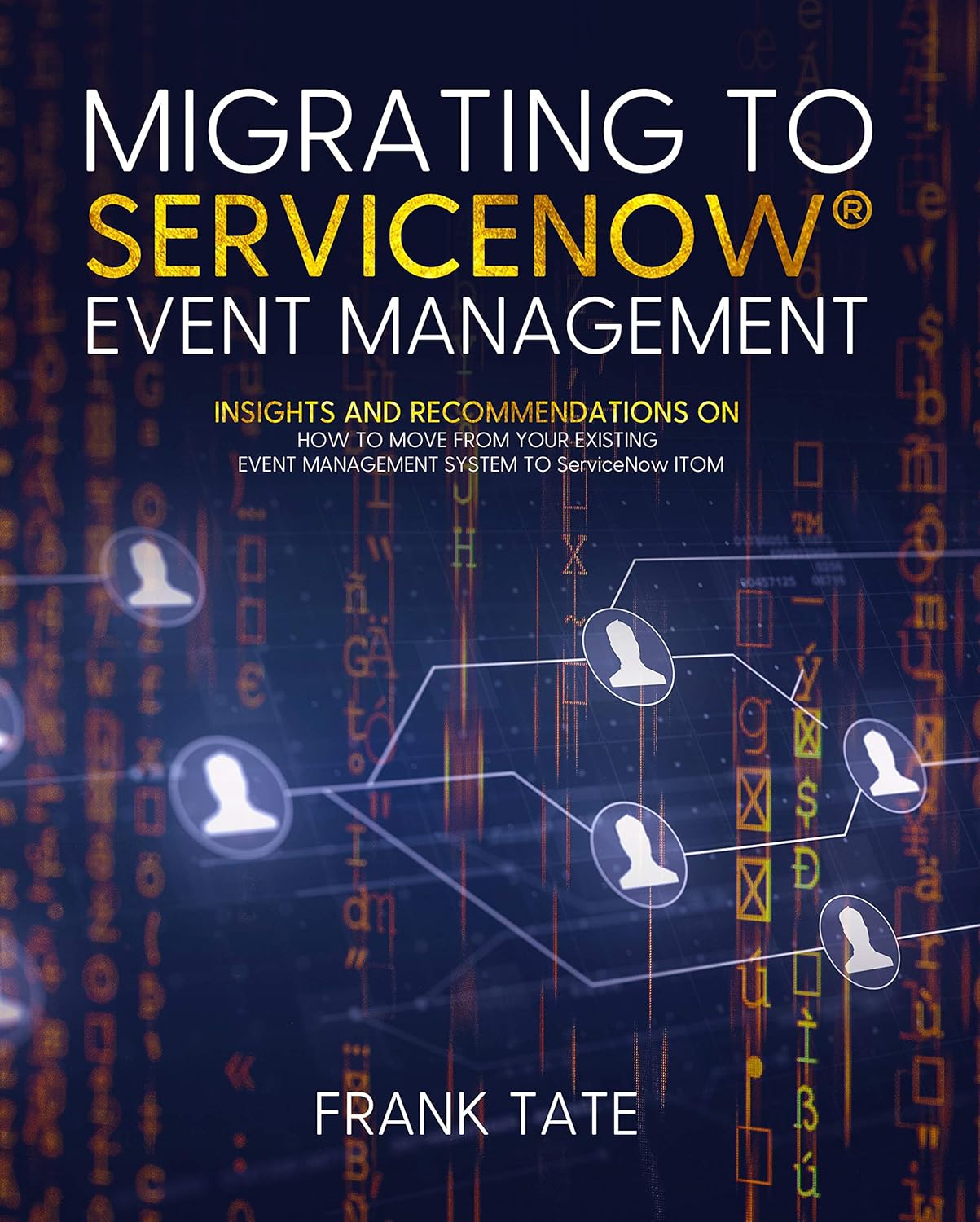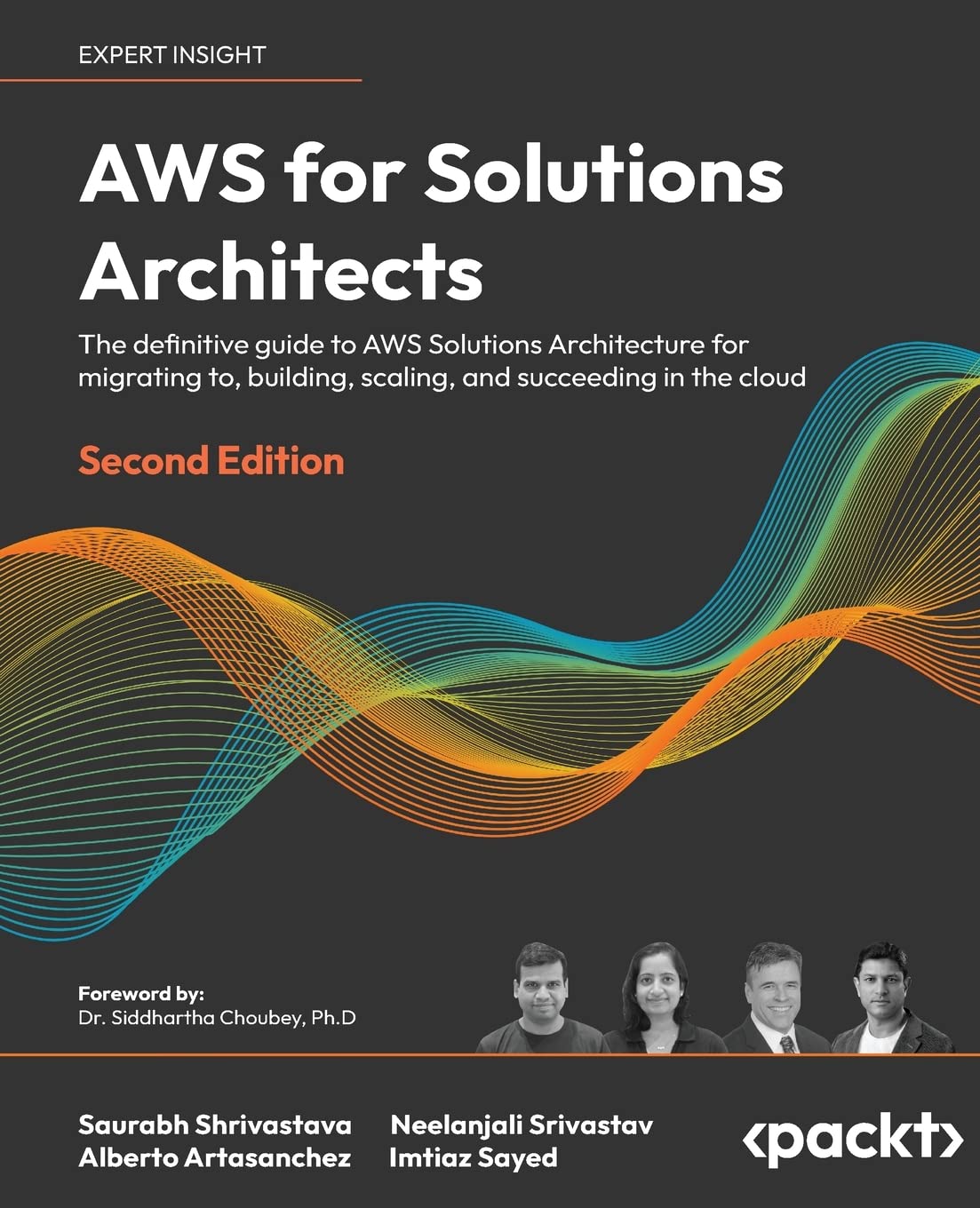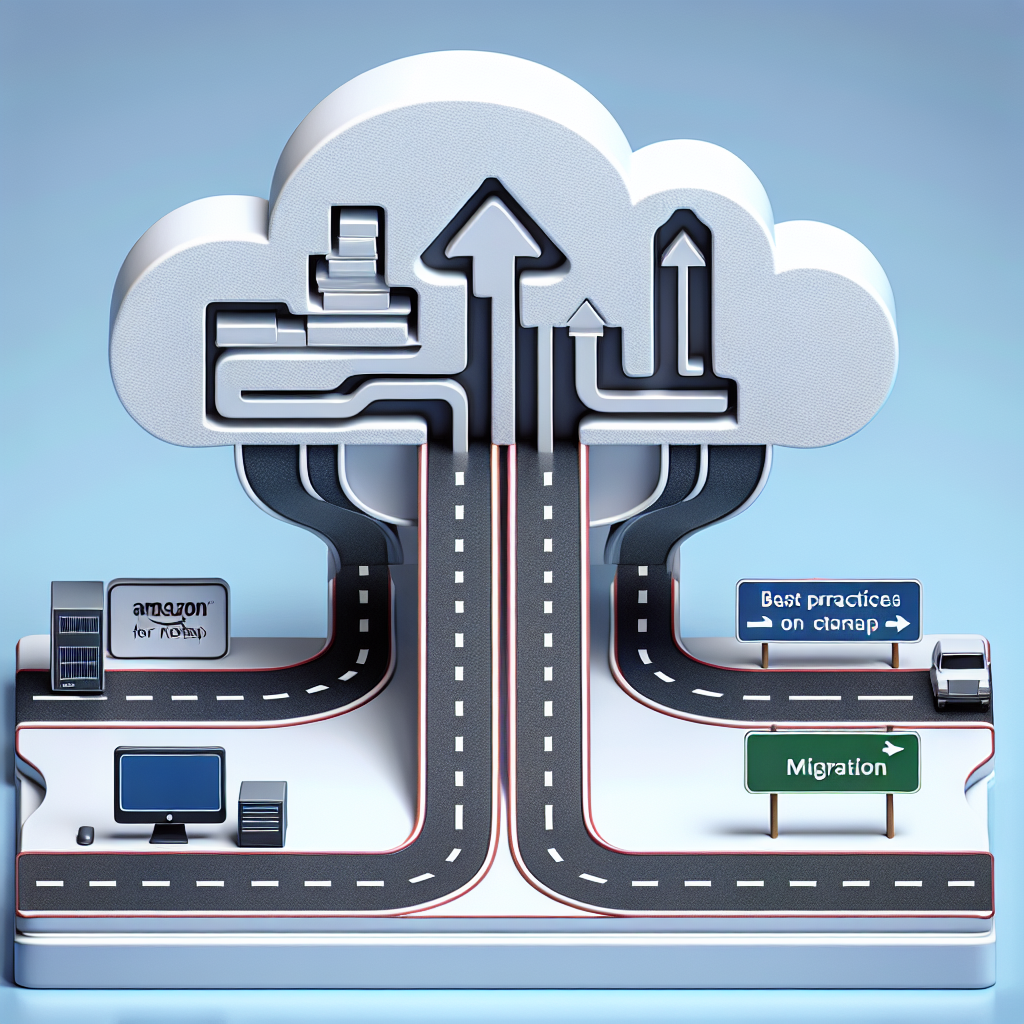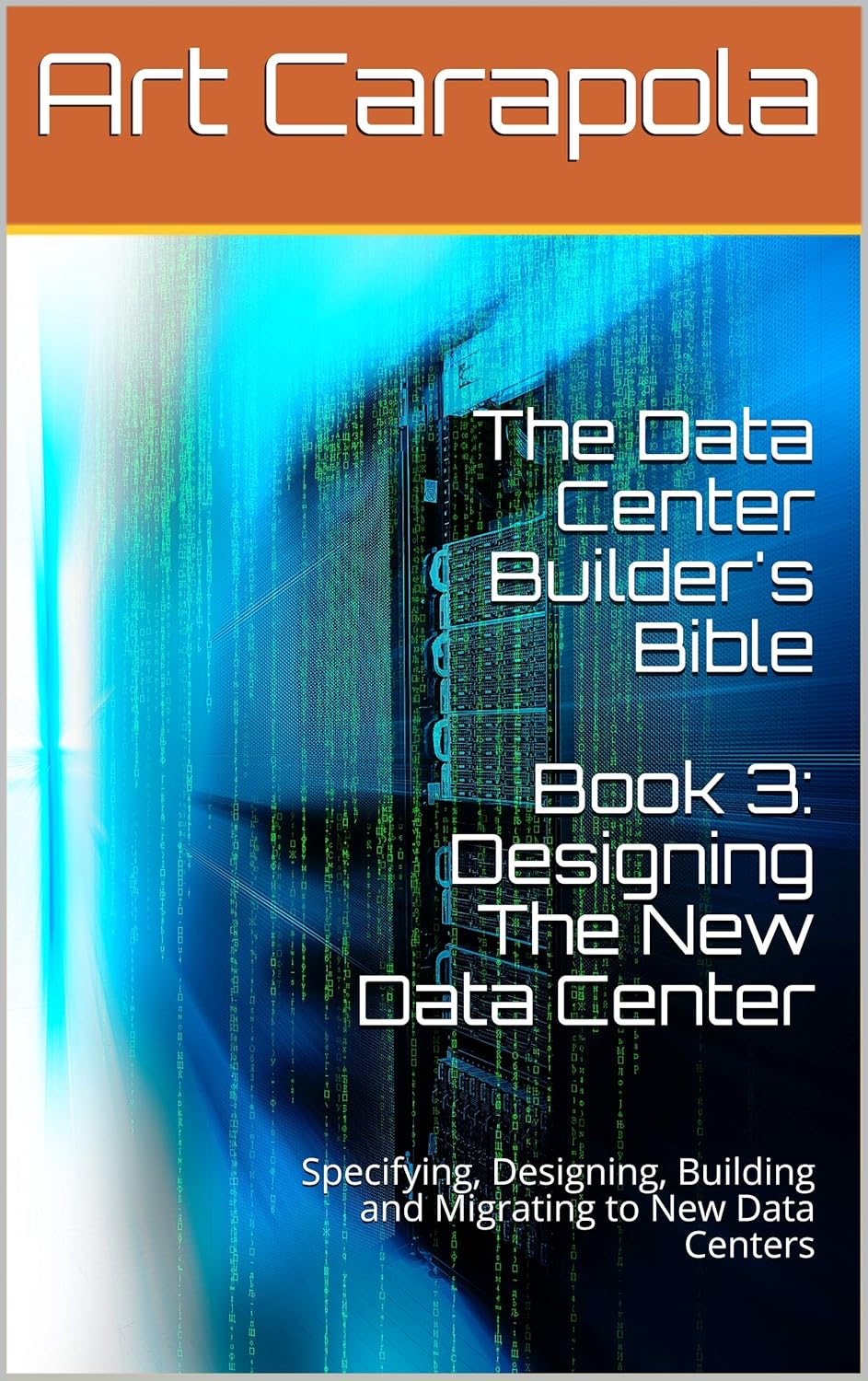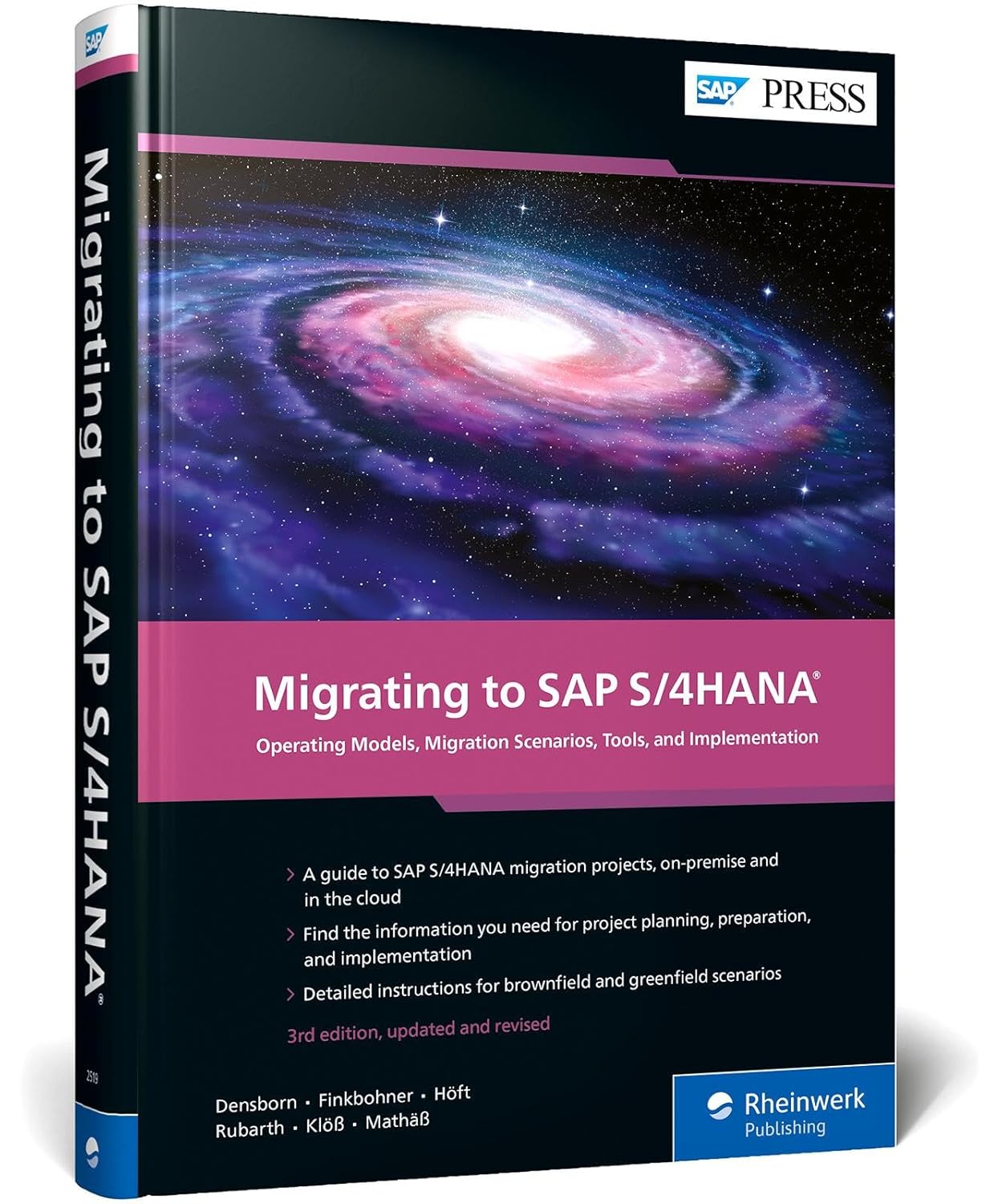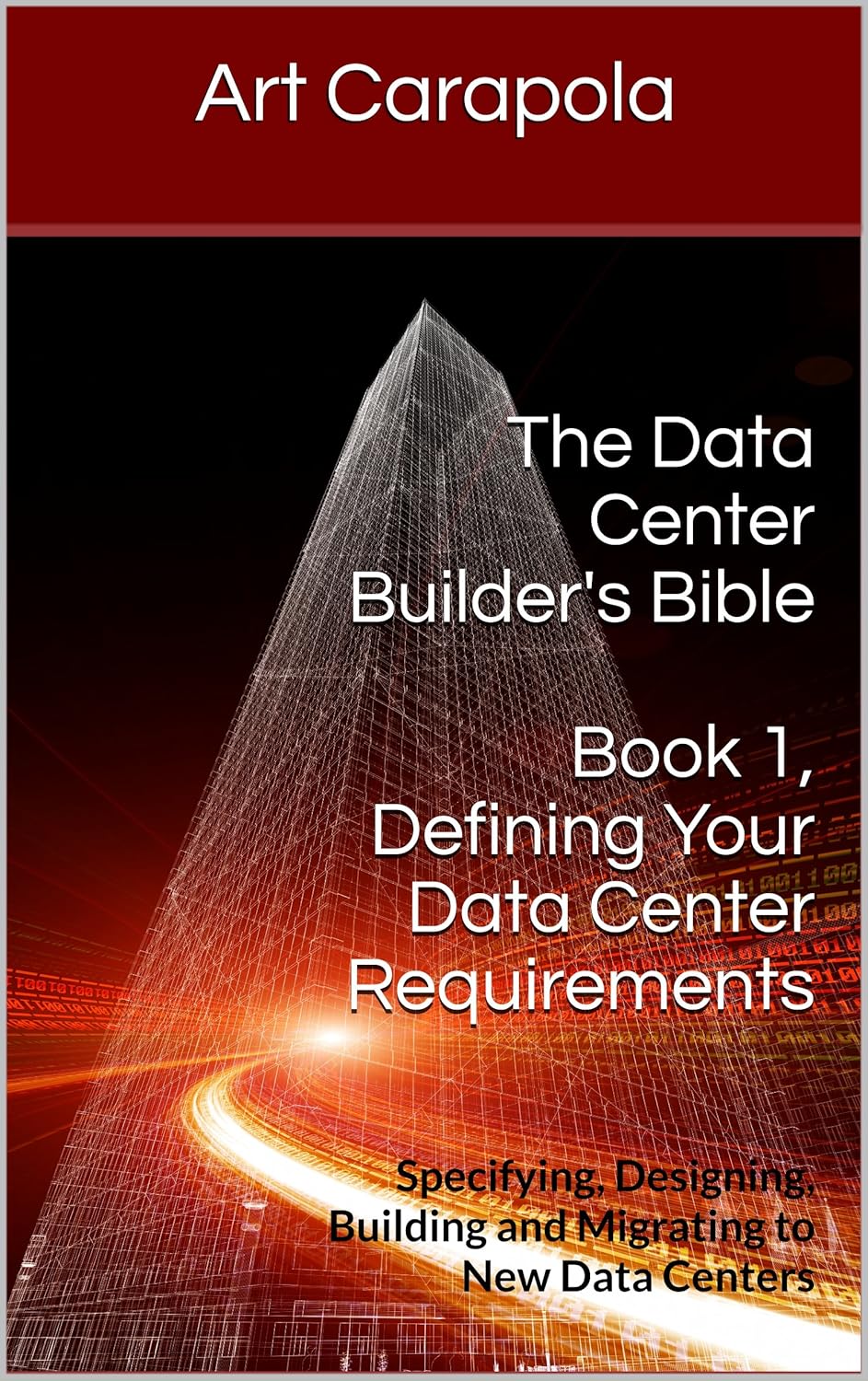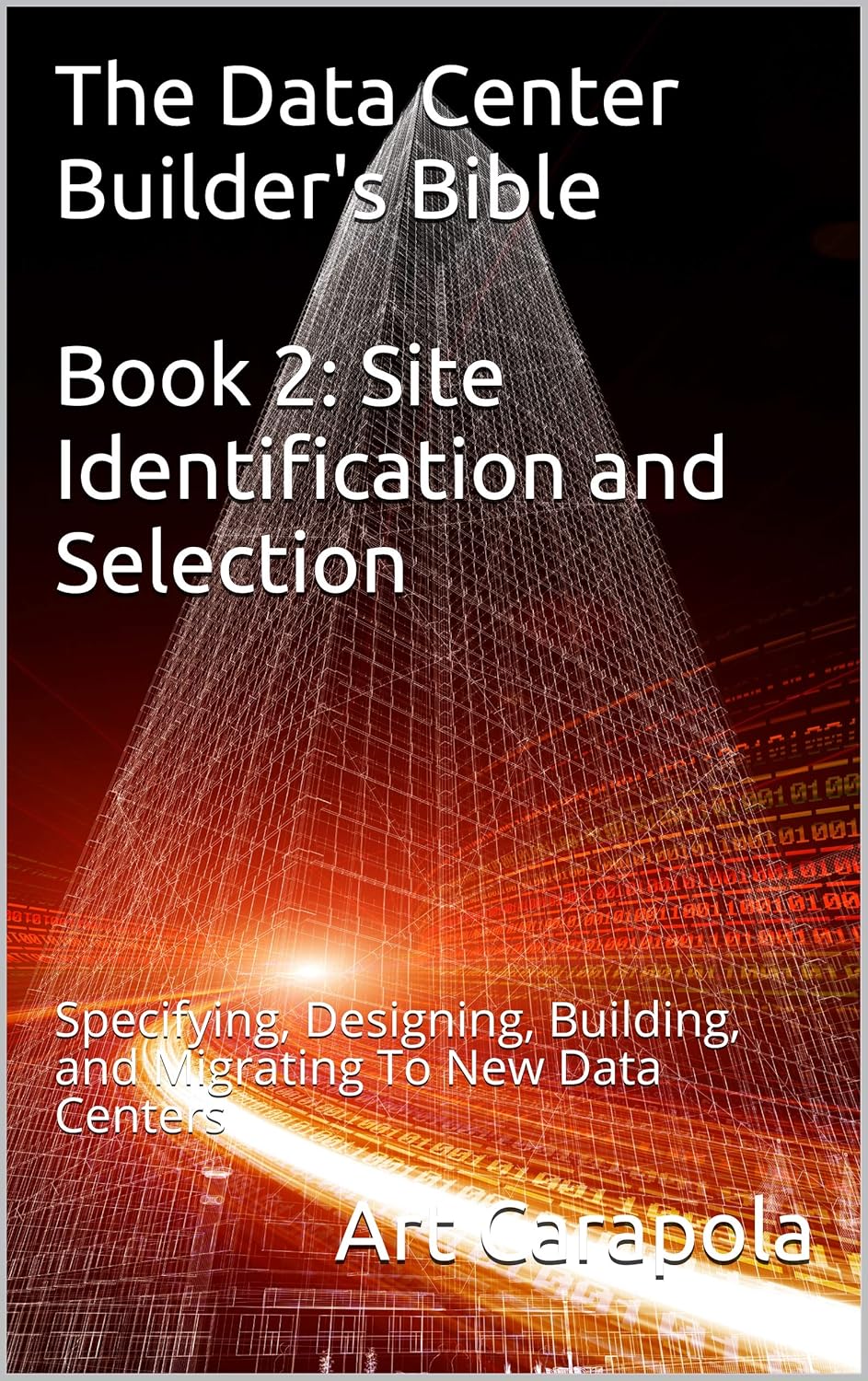Migrating to Amazon FSx for NetApp ONTAP: Best Practices and Considerations
Amazon FSx for NetApp ONTAP is a fully managed file storage service that provides enterprise-grade data management capabilities for businesses looking to migrate their on-premises NetApp ONTAP workloads to the cloud. This service offers features such as data deduplication, cloning, and snapshots, making it a popular choice for organizations with large amounts of data that require efficient storage solutions. However, migrating to Amazon FSx for NetApp ONTAP requires careful planning and consideration to ensure a smooth and successful transition. In this article, we will discuss some best practices and considerations for migrating to Amazon FSx for NetApp ONTAP.
1. Assess your current environment: Before migrating to Amazon FSx for NetApp ONTAP, it is important to assess your current environment and identify the workloads and data that need to be migrated. This will help you determine the appropriate storage capacity, performance requirements, and configurations needed for a successful migration.
2. Understand the migration process: Familiarize yourself with the migration process for Amazon FSx for NetApp ONTAP, including the steps involved, tools available, and potential challenges. It is important to have a clear understanding of how data will be transferred to the cloud and how the workloads will be configured in the new environment.
3. Plan for data migration: Develop a comprehensive data migration plan that includes timelines, resources, and strategies for moving data from on-premises storage to Amazon FSx for NetApp ONTAP. Consider using tools such as AWS DataSync or NetApp Cloud Sync to automate and streamline the migration process.
4. Consider performance requirements: Evaluate the performance requirements of your workloads and determine the appropriate storage tier and configuration for Amazon FSx for NetApp ONTAP. Consider factors such as IOPS, throughput, and latency to ensure that the storage solution meets the performance needs of your applications.
5. Ensure data security and compliance: Implement security best practices to protect your data during the migration process and ensure compliance with industry regulations and standards. Consider encrypting data in transit and at rest, implementing access controls, and monitoring for potential security threats.
6. Test and validate the migration: Before migrating your production workloads to Amazon FSx for NetApp ONTAP, conduct thorough testing and validation to ensure that the data has been successfully transferred and that the workloads are functioning as expected in the new environment. This will help identify any potential issues or performance bottlenecks before going live.
7. Monitor and optimize performance: Once the migration is complete, monitor the performance of your workloads on Amazon FSx for NetApp ONTAP and make necessary adjustments to optimize performance and efficiency. Consider implementing monitoring tools and performance metrics to track the health and performance of your storage solution.
In conclusion, migrating to Amazon FSx for NetApp ONTAP offers businesses a scalable and efficient storage solution for their data management needs. By following best practices and considering key factors such as data migration, performance requirements, security, and testing, organizations can ensure a successful migration to the cloud. With careful planning and execution, businesses can leverage the capabilities of Amazon FSx for NetApp ONTAP to streamline their data management processes and improve overall efficiency.

